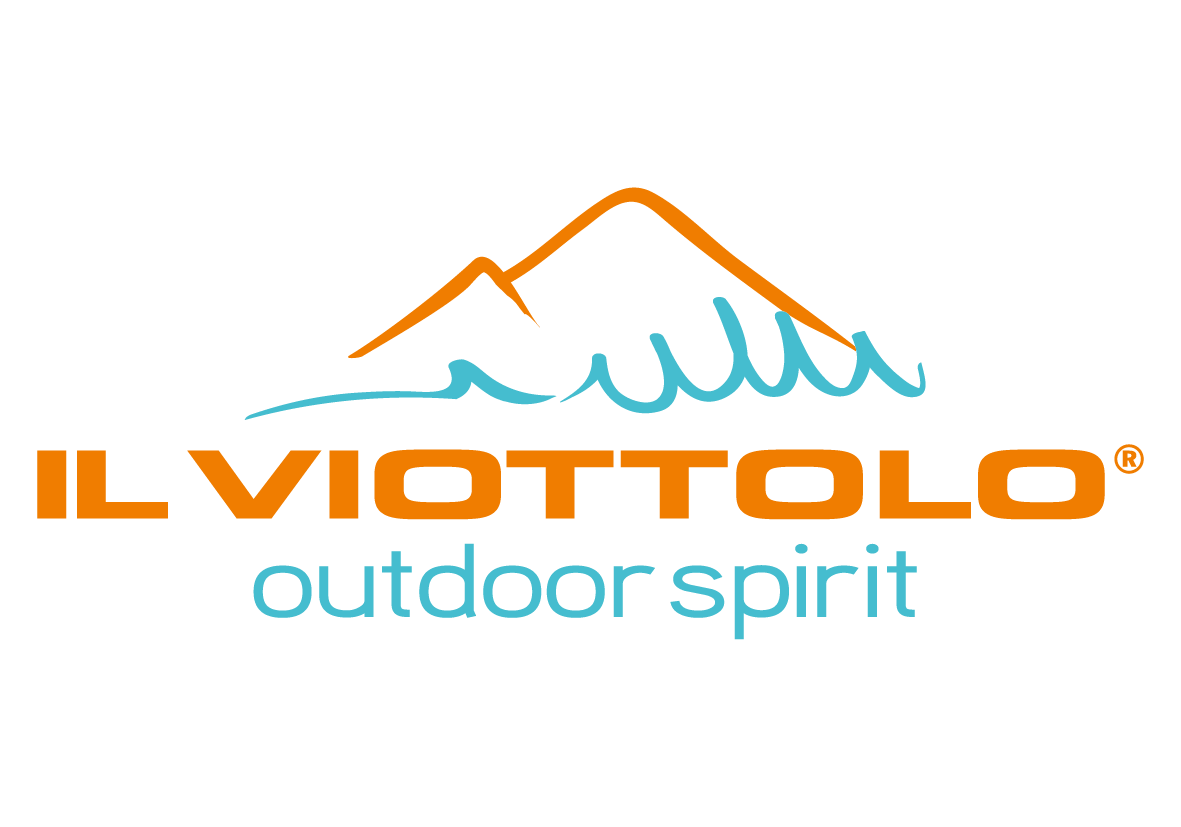Stage 1
Hiking Itinerary:
Leaving from Chiessi we start our ascent along a trail surrounded by low height vineyards. Arrived at the foot of Mount San Bartolomeo (400 m.a.s.l.) is a 12th century Romanesque church of the same name, here we keep climbing up onto a path that winds on a virtually flat level among typical Mediterranean scrubland plants, from which you can enjoy a wide panoramic view over the valleys of Chiessi and Pomonte.
Once reached Troppolo (700 m.a.s.l.) we descend along a well-paved path surrounded by a high woody vegetation; chestnut groves below us and on our right Mount di Cote imposing granite massif (950 m.a.s.l.). Further on we reach Masso dell’Aquila”; (634 m.a.s.l.), a captivating location
due to its abundant archaeological evidence. Left l’Aquila, we get to the Madonna del Monte Sanctuary (630 m.a.s.l.) and its centuries-old chestnut trees.
Descending towards Marciana, we enter a beautiful path that leads into the Pedalta Valley then deep into the woods it reaches the Romitorio di San Cerbone, an hermitage built in 1421 AD by Benedictines monks. Once left the Sanctuary, we start our ascent towards Mount Capanne (1019
m.a.s.l.), initially on a path underneath chestnut trees, then climbing up steep “macei”; (large granite slabs) that lead to its summit (the highest point on the island), from which you can enjoy an inestimable view over the island itself, as well as over the other Tuscan archipelago islands, Corsica and a good stretch of the Tuscan coast.
Next we descend rapidly towards Le Filicaie (870m.a.s.l.), vertex of Nivera and Poio valleys, until we get to “I macei”;, impressive large collapsed granite slabs situated along a path leading to the panoramic point of Mount Maolo (749 m.a.s.l.); heading further down in the direction of Sassinca Valley, we reach the small medieval village of Sant Ilario followed by Marina di Campo.
Stage 2
Trekking Itinerary:
Left Marina di Campo, we walk up Costa di Segagnana in the direction of Mount Tambone (377 m.a.s.l.). In front of us a spectacular view over the coast below where Fonza beach, Priolo shoal and Punta le Mete take center stage. Once at the top, we take a path that leads us to an evocative and mysterious megalithic temple. Followed, further on, by a path that runs on the central ridge, from which you can overview both north and south side of the island at the same time. After passing Colle Reciso, we head upward again to get to the 377 meters of Mount Orello. There you
can admire a beautiful panoramic view over Portoferraio and its majestic Medici fortifications.
While descending, we get a wider panorama that includes Lacona beach, Capo Stella and Punta Calamita in the background. Crossed the main road, we begin to climb the valley of Buraccio, then before overpassing the hill, we go left in the direction of Mount Castello (390 m.a.s.l.). Once we have reached the summit, we can enjoy a stunning vier over the sanctuary of Monserrato below us.
We carry on climbing surrounded by a low, sparse scrub and few pines bent by the wind, until we reach Cima del Monte (516 m.a.s.l.), from which we dominate the Castle of Volterraio (400 m.a.s.l.) and Rio nell’Elba, a place known since ancient times for the iron mines present on its
territory. We make our way down to this town rather quickly and visit its sixteenth century Santa Caterina Hermitage followed by the ruins of Grassera, a village destroyed by Saracens in 1534AD.
Next we climb up to the last peak of our excursion, Mount Giove (352 m.a.s.l.) where we get to see the imposing ruins of Fortezza del Giogo, a 1460AD fortress. From here, in addition to the mines,you can overlook also the Piombino canal and the islets of Cerboli and Palmaiola. A further
forty minutes walk and we reach Cavo, the Elba town closest to the mainland, here we conclude our crossing.
